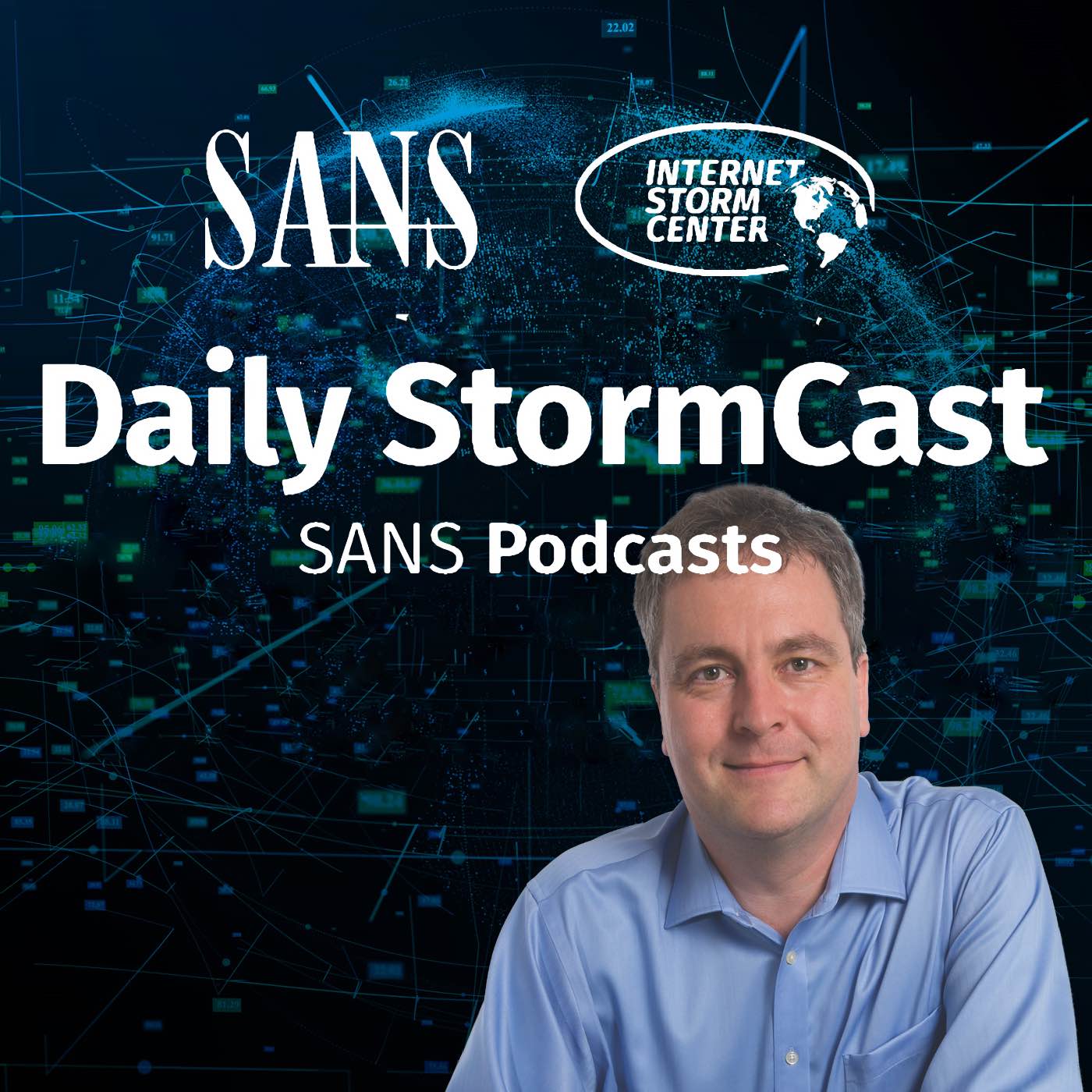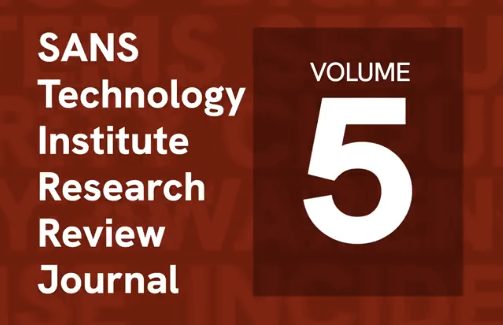Handler on Duty: Guy Bruneau
Threat Level: green
Podcast Detail
SANS Stormcast Friday, August 22nd, 2025: The -n switch; Commvault Exploit; Docker Desktop Escape Vuln;
If you are not able to play the podcast using the player below: Use this direct link to the audio file: https://traffic.libsyn.com/securitypodcast/9582.mp3
My Next Class
| Application Security: Securing Web Apps, APIs, and Microservices | Orlando | Mar 29th - Apr 3rd 2026 |
| Network Monitoring and Threat Detection In-Depth | Amsterdam | Apr 20th - Apr 25th 2026 |
Don't Forget The "-n" Command Line Switch
Disabling reverse DNS lookups for IP addresses is important not just for performance, but also for opsec. Xavier is explaining some of the risks.
https://isc.sans.edu/diary/Don%27t%20Forget%20The%20%22-n%22%20Command%20Line%20Switch/32220
watchTowr releases details about recent Commvault flaws
Users of the Commvault enterprise backup solution must patch now after watchTowr released details about recent vulnerabilities
https://labs.watchtowr.com/guess-who-would-be-stupid-enough-to-rob-the-same-vault-twice-pre-auth-rce-chains-in-commvault/?123
Docker Desktop Vulnerability CVE-2025-9074
A vulnerability in Docker Desktop allows attackers to escape from containers to attack the host.
https://docs.docker.com/desktop/release-notes/#4443
Discussion
New Discussions closed for all Podcasts older than two(2) weeks
Please send your comments to our Contact Form
| Application Security: Securing Web Apps, APIs, and Microservices | Orlando | Mar 29th - Apr 3rd 2026 |
| Network Monitoring and Threat Detection In-Depth | Amsterdam | Apr 20th - Apr 25th 2026 |
| Application Security: Securing Web Apps, APIs, and Microservices | San Diego | May 11th - May 16th 2026 |
| Network Monitoring and Threat Detection In-Depth | Online | Arabian Standard Time | Jun 20th - Jun 25th 2026 |
| Network Monitoring and Threat Detection In-Depth | Riyadh | Jun 20th - Jun 25th 2026 |
| Application Security: Securing Web Apps, APIs, and Microservices | Washington | Jul 13th - Jul 18th 2026 |
| Application Security: Securing Web Apps, APIs, and Microservices | Las Vegas | Sep 21st - Sep 26th 2026 |
Podcast Transcript
Hello and welcome to the Friday, August 22, 2025 edition of the SANS Internet Storm Center's Stormcast. My name is Johannes Ullrich, recording today from Baltimore, Maryland. And this episode is brought to you by the SANS.edu graduate certificate program in incident response. Well, today's diary by Xavier actually is just about a topic that I covered today in class. And that's the use of the -n switch in many, many packet utilities like a tcpdump, a tshark and the like. It's one of those few cases that the switch is actually fairly standardized. And that switch -n typically means that any IP addresses are not reversed or resolved. Oddly enough, tcpdump does it by default without the -n switch, which of course is risky from an OPSEC point of view, because the attacker will often receive these requests because they're in charge of the IP address space from which the request originates. So they may actually have access to the authoritative name server for that particular subnet. I personally actually like the Wireshark solution best. Wireshark is able to parse the packet capture for any DNS requests that were already captured and use them to basically build a lookup table for IP address and host names. That's actually quite neat because it also does it then at the time the packet capture was collected, not days later or weeks later when of course these relationships may have changed. So keep that in mind. -n, important switch for many, many tools and Xavier is doing a little bit more detail about which tools are covered here and also about some of the risks that you are exposing yourself if you're not doing the -n switch. Well, for users of Commvault, your data resilient solution may not be as secure or resilient as the vendor may do believe. watchTwer has a great write -up in its usual somewhat funny and tongue-in-cheek style showing how several new vulnerabilities can be used to essentially compromise this product. Some interesting things like for example command injection in the login process can be used to bypass authentication and then additional vulnerabilities can later be used for arbitrary remote code execution. Interesting set of vulnerabilities definitely if you're into developing sort of these complex web applications some good lessons to learn from these particular mistakes. So definitely take a look at that if you are developing authentication processes and such. Even if you're not a Commvault user just better to learn from someone else's mistake than making them yourself. And for everybody using Commvault well better patch and patch quickly. And Docker released a new version of Docker desktop fixing a critical vulnerability in Docker desktop. This vulnerability could allow container escape where an attacker who's running code inside a container could use the access to actually then attack the host the container is running on. Again, this depends on also using Docker desktop and of course as usual it's particularly important for people using containers for malware analysis or even for doing things. And that is often done like for example sanitizing any files before they're being used and relying on the container to actually provide some additional security. Well, and that's it for today. So thanks for listening. Thanks for liking and recommending this podcast. Thanks for subscribing and talk to you again on Monday. Bye.











